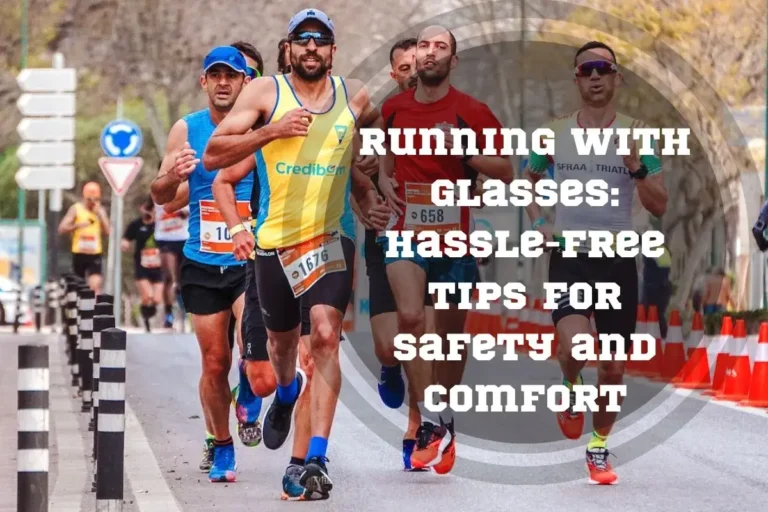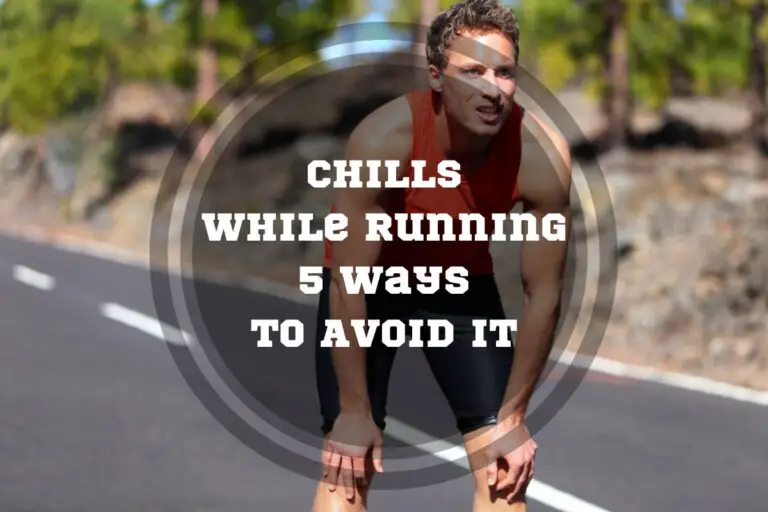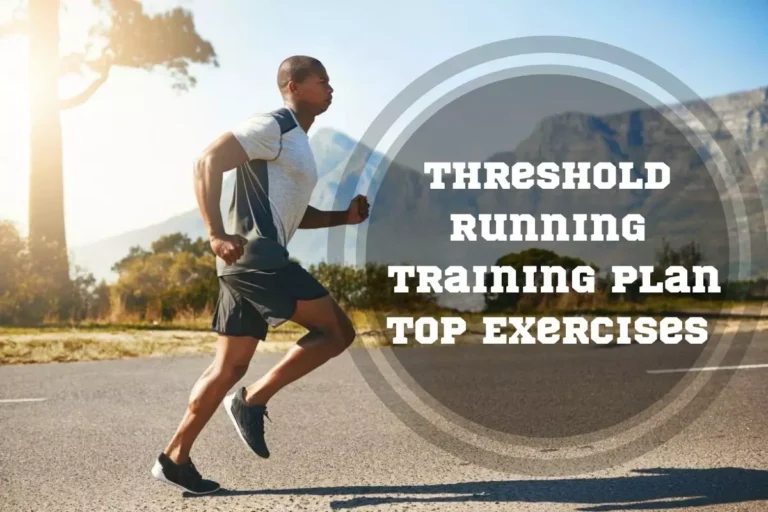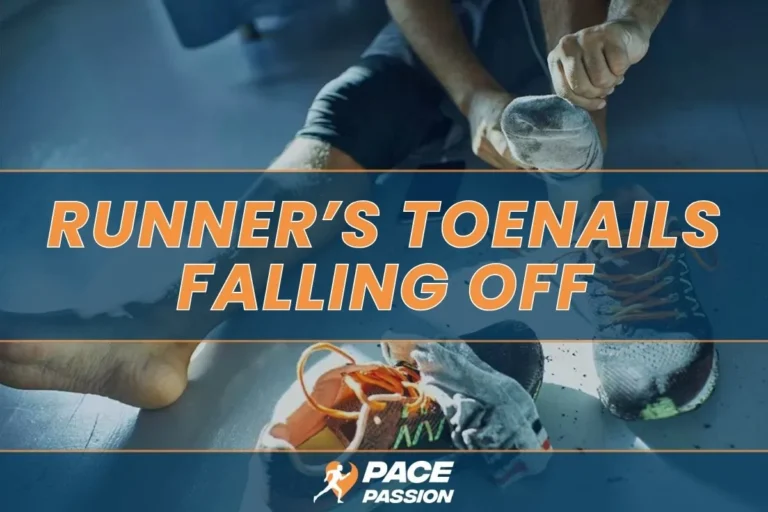Running With Training Shoes Vs Running Shoes: 4 Key Differences
Are you wondering whether running with training shoes may be safe? Wearing the right type of shoe is an important factor in protecting your feet and body during a run.
In this blog post, we’ll look at the differences between running and training shoes and also weigh up their pros and cons to help you decide which pair of shoes is best suited for your needs. Let’s get started!
Should you wear training shoes for running?
Training shoes offer more flexibility, stability and protection during dynamic activities like cutting, breaking, jumping or changing direction quickly. Running shoes are specially designed to provide cushioning while protecting joints and muscles from overstressing that could lead to injury. They also feature soles with greater flexibility compared to trainers which make them a better option for running.
What Are Training Shoes
Training shoes are athletic footwear designed to provide support for different activities. Main features include more cushioning and broader outsoles that offer increased stability from lateral movements.
What are training shoes used for? Commonly known as sneakers or gym shoes, they’re ideal for aerobic exercise due to their thicker sole, which allows them to absorb impact instead of transferring it all onto the foot or calves. These multifunctional athletic shoes are perfect for fitness activities such as weightlifting, training, aerobics, yoga practice, bodyweight exercises, and any other indoor or outdoor workouts that involve repeated movements.
Additionally, training shoes are designed for multi-directional movement and have a flat sole. They offer more flexibility than running shoes while still providing cushioning and stability for lateral (side-to-side) movements.
What are Running Shoes?
As the name implies, running shoes are specifically crafted for running and provide proper cushioning for pounding the pavement. They have increased durability, support, stability, and shock absorption features compared to training shoes better suited for other activities like cross-training or lifting weights.
More cushioning is typically found in the toe box area. It helps prevent stress on your toes as you run further distances with higher speed without risking losing breathability along the way.
Sole flexibility is another big factor as it allows for quicker push offs whilst allowing easier control over varied terrain–both uphill and downhill. It makes them a suitable fit for road racing or trail running adventures alike.
Are Running Shoes Good for Working Out?
Running shoes may not be a good option for a gym. Different types of workouts require different features from the sneakers. That’s why most people choose to wear training shoes when working out at the gym instead of running shoes. Training shoes offer more stability preventing sliding around in the shoe, while lifting weights or doing other exercises that involve lateral movements.
Additionally, they feature denser rubber outsoles, offering more traction while performing cable rotations. Furthermore, special construction materials also allow a less rigid midsole ride. It makes running shoes ideal if you’re looking for shock-absorption during jumping activities too, such as box jumps or jump squats.
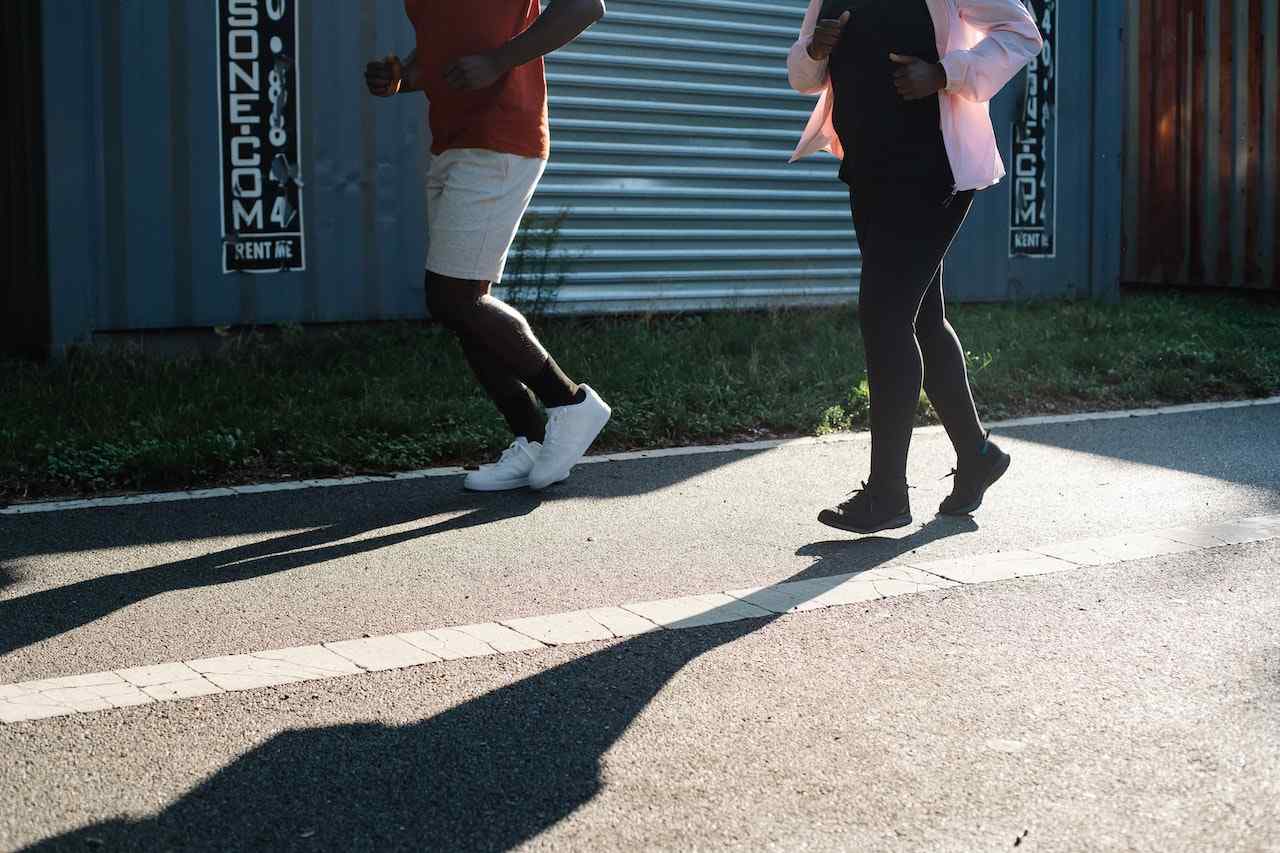
4 Differences between Running and Training Shoes
From the sole’s flexibility to upper materials and feel, several key factors separate running shoes and training shoes. They include:
1. Flexibility of the Sole
Running shoes are typically designed with a flexible sole, allowing for a more natural and efficient running gait. This is because when the foot strikes the ground it needs to flex in order to allow for a smooth transition between steps.
Training shoes also feature some degree of flexibility. However, they tend to bend less than running shoes due to their modified structure that balances midsole stability and cushioning.
2. Heel Drop
In running shoes, heel drop is the difference between the height of a shoe’s thinnest point at its front (the forefoot) and its thickest point at the back (its heel). This measurement tells us how much higher one’s heels sit compared to one’s toes.
It’s measured in millimeters and commonly ranges from 0-14mm. While training shoes are generally designed with less drop than traditional running shoes that typically have a 4-8mm range.
3. Stack Height
Stack height is a common term used to describe the distance between the foot and the ground. It’s an important factor in determining how comfortable your feet will be while running and how much cushioning and protection they will receive.
Generally speaking, the higher stack running shoes provide more cushioning and protection against hard surfaces or sharp objects like rocks or sticks. Conversely, lower stack heights in training shoes offer a more minimalistic feel but can leave feet vulnerable when running on rough terrain.
Subscribe to Our Running Newsletter!
Get free running tips from renowned professional athletes and discounts from top-notch brands.
4. Upper Materials and Feel
While running shoes often have breathable mesh to keep feet cool and moisture-wicking fabric panels for added performance, training shoe uppers use more durable fabrics with additional overlays or reinforcements for greater support.
Upper materials play a vital role in limiting heat buildup during running, helping you avoid uncomfortable ‘hot spots’ as well as abrasion caused by friction.
The key differences between running shoes vs. training shoes
| Criteria | Running shoes | Training shoes |
|---|---|---|
| Used for | Forward movement | Side-to-side movement |
| Flexibility of the sole | High | Low |
| Heel drop | Medium/High | Low/Medium |
| Midsole | Soft | Firm |
| Shock absorption | Medium/High | Low/Medium |
| Stack height | High | Low |
| Breathability | High | Medium/Low |
| Material | Mesh | Leather/Durable fabric |
Note: As you can see, running and training shoes are quite different in most features, so it’s better to pick one for certain activities.
Training Shoes vs Running Shoes
Can you run in training shoes? Let’s compare the pros and cons of each shoe to determine which works best for your running style:
Pros and Cons of Training Shoes
Training shoes are designed with a range of features to provide more stability and support for dynamic movements than running shoes. This makes them an ideal option for activities like HIIT, Plyometrics, or everyday gym and fitness workouts.

Pro Tip:
The firmer midsoles and spacious toe boxes can help prevent compression under various weights, while the flat bottoms provide added stability when lifting heavier loads.
On the other hand, training shoes tend to be slightly less flexible than running shoes which can reduce comfort and cushioning on long runs or during races. Additionally, training shoes often have lighter cushioning that is not as suitable for absorbing shock or preventing heel pain as compared to running shoes.
Pros and Cons of Running Shoes
Running shoes are designed with features like cushioning, midsole support, and shock absorption to help reduce impact when running on hard surfaces. Thanks to their specific design and materials, they offer better protection for your feet compared to other sports or casual shoes.
However, it’s essential to choose the right type of shoe depending on the activity as they can also have certain drawbacks. For instance, running shoes might be more comfortable but their lack of stability makes them less beneficial while doing resistance exercises or lifting weights.
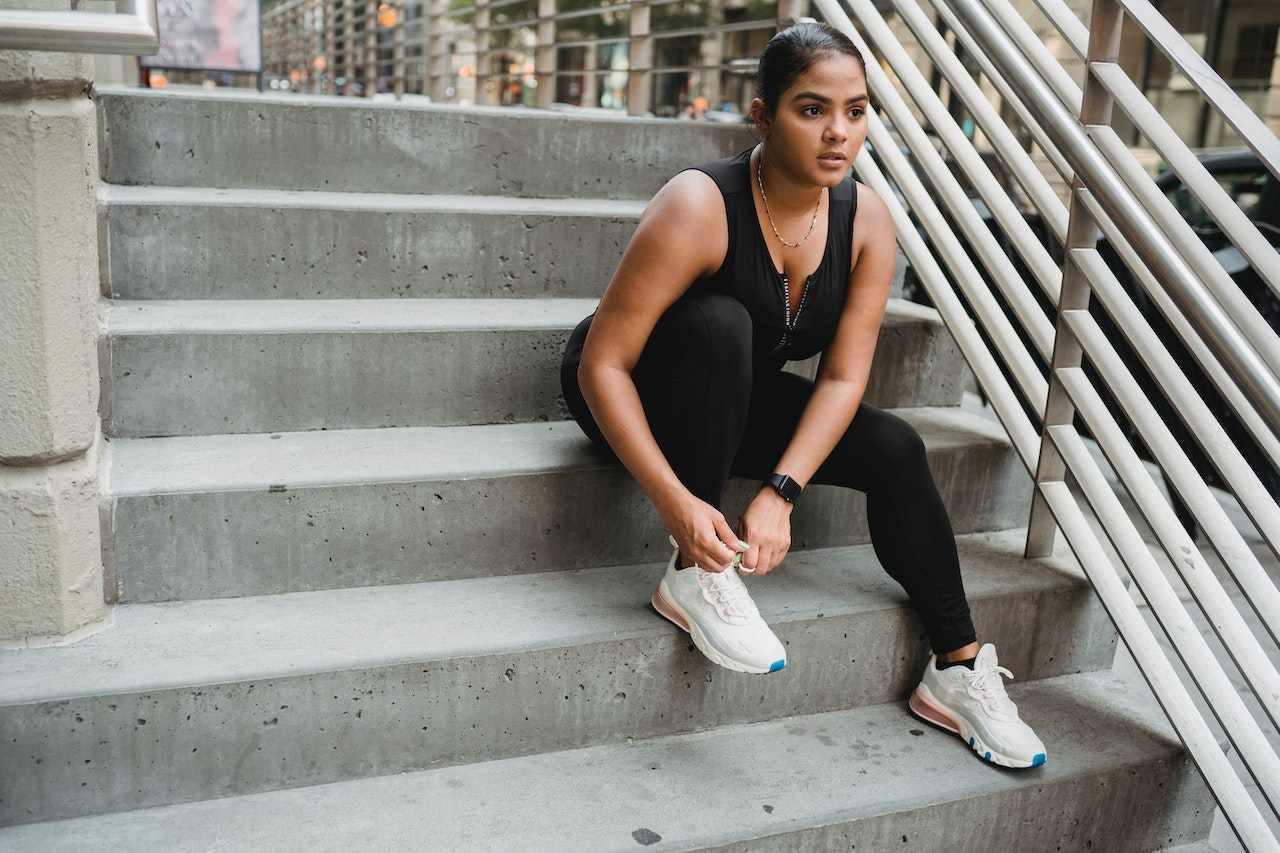
4 Risks of Using the Wrong Shoes for Running or Training
Learn why choosing the right footwear for running is important and how you can avoid injuries from wearing the wrong shoe types.
1. Feet Pain during or after Running
Foot pain, discomfort, and injuries such as ankle sprains, plantar fasciitis, lower back pain, tendonitis, and runner’s knee can be common occurrences in runners. Wearing the wrong running shoes is often the main cause of these problems, which is why it’s critical to wear proper running or training shoes that provide adequate support for your feet.

Pro Tip:
An improper sole flexibility can cause heel-to-toe pronation during a gait cycle resulting foot pressure or tension leading to various kinds of aches and pains. Additionally, you should also consider its stack height as incorrect one might put extra strain on connective tissues like tendons which again leads to overuse injuries.
2. Toenail Loss or Bruising
Using the wrong shoes for running or training can put unnecessary stress on your feet and cause unwanted damage, such as runner’s toe in some cases. Wearing ill-fitting shoes can lead to toes rubbing against each other or against the front of the shoe. It may cause bruising at the base of a toe’s nail which can become very painful and ultimately may result in losing the toe’s nail altogether.
3. Blisters, Calluses, and Corns
Blisters, calluses, and corns can all be inconvenient foot problems that runners suffer from. These issues often arise when a runner is using ill-fitting shoes or their training techniques are increasing friction on the feet, leading to uncomfortable thickened patches of skin.

Pro Tip:
Poorly fitted shoes with small toe boxes put pressure on areas such as one’s toes which increase the chances of getting blisters. Running in unsupportive trainers can cause an athlete’s heel to move around inside the shoe causing these foot problems along with other running-related injuries like Plantar Fasciitis.
4. Development of Plantar Fasciitis or Tendonitis
Wearing the wrong pair of running shoes can significantly increase your risk of developing plantar fasciitis or tendonitis in the Achilles tendon, ankles, and feet. This is due to a lack of adequate foot support which ultimately leads to discomfort and pressure on certain parts of the foot.

Pro Tip:
Ill-fitting or poorly designed shoes that provide zero arch support can eventually result in long-term damage and even degeneration for those who practice regular running activities. If you opt for a pair with soft soles they will offer no heel-to-toe cushioning which could lead to an increased likelihood of getting hurt from impactful landings during a run.
FAQs about Running with Training Shoes
Can HIIT Shoes be Used for Running?
HIIT shoes are made for brief movements and explosive activities such as jumping drills. When it comes to running over longer distances with steady foot landings – often with uneven terrain or unpredictable surfaces – HIIT shoes can be insufficient in providing ideal cushioning support without skewing your gait angle.
Are Running or Training Shoes Better for Walking?
Running shoes are typically better for walking than training shoes. They are designed specifically for heel-to-toe motion, which is used in running but also fits with walking strides.
Are Training Shoes Good for Running?
The answer is no. Training shoes are flatter and less cushioned compared to running shoes because they are not designed for high-impact activities, which can require a lot more cushioning, support, and flexibility from the sole. Using flat and unflexible training shoes may increase the risk of injuries in comparison to using running footwear.
Final Thoughts on Running with Training Shoes
Training shoes can be a great choice for runners who need greater versatility and stability in their workouts. The support that training shoes provide for lateral movements, cutting, stopping, jumping, and changing direction quickly makes them suitable for activities such as sprints or HIIT circuits.
However, running shoes are more suited to running due to their increased lightweight build and padded soles which offer improved cushioning over long distances. When deciding between the two types of shoes it’s important to consider what activities one will predominantly be engaging in.
What kind of shoes do you use for running? Please share your experience in the comments below.
Also read:
- 18 Minute 5K
- Running With Sciatica
- 6 Week 10K Training Plan
- Best Running Shoes for Seniors
- Best Running Rain Jackets
- Running and Lactic Acid
- 3 Day a Week Running Plan For Half Marathon
- Best Running Shoes for Heel Strikers
References:
- Systematic Review of the Role of Footwear Constructions in Running Biomechanics: Implications for Running-Related Injury and Performance // PubMed: https://pubmed.ncbi.nlm.nih.gov/32132824/
- A consensus definition and rating scale for minimalist shoes // Journal of Foot and Ankle Research: https://jfootankleres.biomedcentral.com/articles/10.1186/s13047-015-0094-5
- Shoe feature recommendations for different running levels: A Delphi study // PLOS ONE: https://journals.plos.org/plosone/article?id=10.1371/journal.pone.0236047
- Foot and lower limb diseases in runners: assessment of risk factors // PunMed: https://pubmed.ncbi.nlm.nih.gov/24149785/
- Corns and Calluses // Cleveland Clinic: https://my.clevelandclinic.org/health/diseases/16896-corns-and-calluses
If you have any questions or suggestions, you can contact us via email – [email protected]



